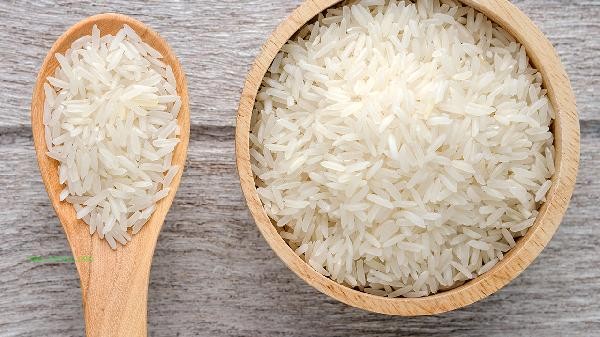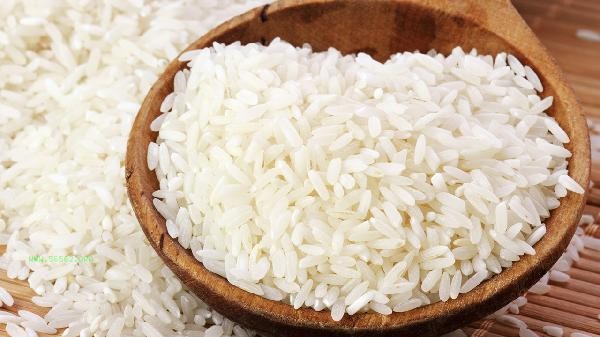The key to storing rice without pests is to control the humidity, temperature, and isolate the air. There are mainly methods such as sealed storage, low-temperature storage, avoiding light and moisture, regular inspection, and natural pest control.

1. Sealed storage
Put the rice into a food grade sealed container or thick plastic bag, vent the air, and tighten the bag mouth. Sealing can effectively isolate external moisture and insect eggs. It is recommended to choose storage tanks or vacuum packaging with silicone sealing rings. Splitting into small portions can reduce the number of opening and closing times, avoiding repeated exposure to air and moisture.
2. Low temperature storage
Temperatures above 20 degrees Celsius can accelerate the hatching of rice worms. Rice can be stored in a cool and ventilated place or in a refrigerator. Low temperature environment can inhibit the activity of insect eggs, but attention should be paid to preventing condensation water from seeping in when removing them after refrigeration. If stored for a long time, freezing for 24 hours can kill potential insect eggs before transferring to room temperature for sealing.
3. Avoid light and moisture
Rice should be kept away from direct sunlight and humid environments, and cabinets should be kept dry. Dry Sichuan peppercorns, cinnamon and other moisture absorbing materials wrapped in food desiccants or gauze can be placed at the bottom of the container, and replaced once a month. It is recommended to use a dehumidifier to control indoor humidity below 60% during humid seasons.

4. Regular inspection
Check the rice every month for clumping, mold, or insect marks, and deal with any abnormalities immediately. New and old rice should not be mixed, as aged rice may carry insect eggs. Pay attention to the edges, bottom, and other areas of the container that are prone to insect infestation during inspection. Minor insect infestation can be eliminated by sieving and exposing to sunlight for 2 hours.
5. Natural deworming
Put natural deworming materials such as garlic cloves, Sichuan pepper buns, and laurel leaves into the rice bowl, and mix 3-4 peeled garlic cloves for every 500 grams of rice. These plant volatiles can repel adult insects but do not contaminate rice grains, and need to be replaced every 2 months. Avoid using items containing chemicals such as newspapers and camphor balls.

It is recommended to prioritize vacuum packaged rice for daily storage and consume it as soon as possible after opening. Short term refrigeration can be used during high temperatures in summer, but long-term refrigeration may affect the taste. If severe insect infestation or mold is found, the entire batch should be discarded, and the aflatoxin produced by moldy rice cannot be eliminated by high-temperature cooking. By using moisture-proof containers such as ceramics and glass, and keeping the storage space clean, the shelf life of rice can be maximized.








Comments (0)
Leave a Comment
No comments yet
Be the first to share your thoughts!